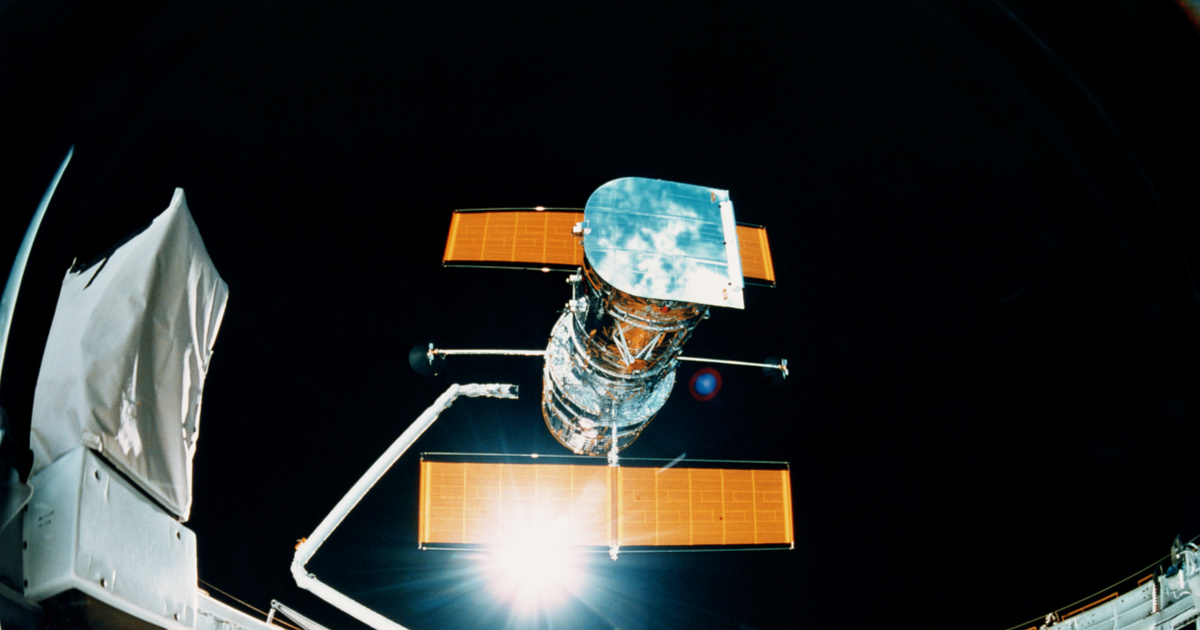According to the main work of the veteran space telescope, our physical knowledge is incomplete.
The Hubble Space Telescope expands at 73 kilometers per megapixel (3.3 million light-years) per second Astrophysical JournalAccording to the most recent measurements published in Measurements based on indexing the change in light of 42 known supernovae they are 1.4 percent accurate and are the most accurate to date. The expansion is the same Hubble constant, which determines the age, extent, and future of the known universe.
According to recent data, the size of the universe will double in the next 10 billion years.
The mysterious problem is that, according to the Standard Model of cosmology, the constant should be 67.5 km/s/Mpc, which was also confirmed by measurements of the cosmic background radiation from the big bang.
For now, both statements are based on solid scientific foundations, but the difference is significant. The cause of the problem is a so far unknown physical phenomenon. Based on the Hubble data, it appears that the rate of expansion depends on where we are looking, faster in the vicinity and slower in the distance.
We have complete data on the supernovae that Hubble has seen over the past 40 years. This is where the Hubble Space Telescope was built, using the best technology we know. Perhaps this is the work of Magnum Hubble, as it will take another thirty years to double the sample size
Said Adam Rees, SH0ES Science Program Leader, who was awarded the Nobel Prize in Physics in 2011 for his discovery that the expansion of the universe is accelerating.
You don’t have to unlock the secret anymore Many Wait while the James Webb Space Telescope, Hubble’s successor, will begin its science work in a matter of weeks and will be able to make much more accurate measurements than its predecessor.
(IFL ScienceAnd New Atlas)












































